The morning light was soft and inviting as I set up my camera gear for an unusual but intriguing assignment. Today, I was tasked with evaluating the Canon 40D, a camera that had once been a staple for many photographers but had since been overshadowed by newer models. The goal was to determine whether this classic piece of technology still held its ground in the ever-evolving world of photography. As I unpacked my gear, I couldn’t help but feel a mix of nostalgia and curiosity.
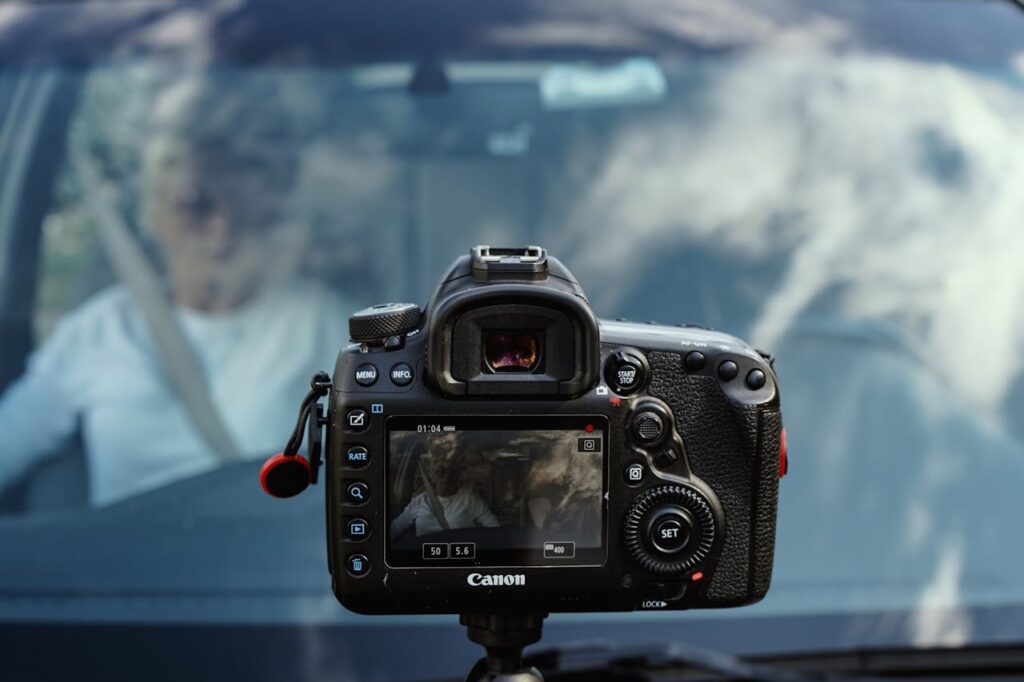
The Canon 40D first graced the market in 2007, a time when digital photography was undergoing a significant transformation. It was hailed for its robust build, impressive performance, and a range of features that appealed to both amateur enthusiasts and professional photographers. Fast forward to today, and the 40D is considered somewhat of a relic compared to the advanced features of modern cameras. But did it still have something to offer? That was the question I aimed to answer.
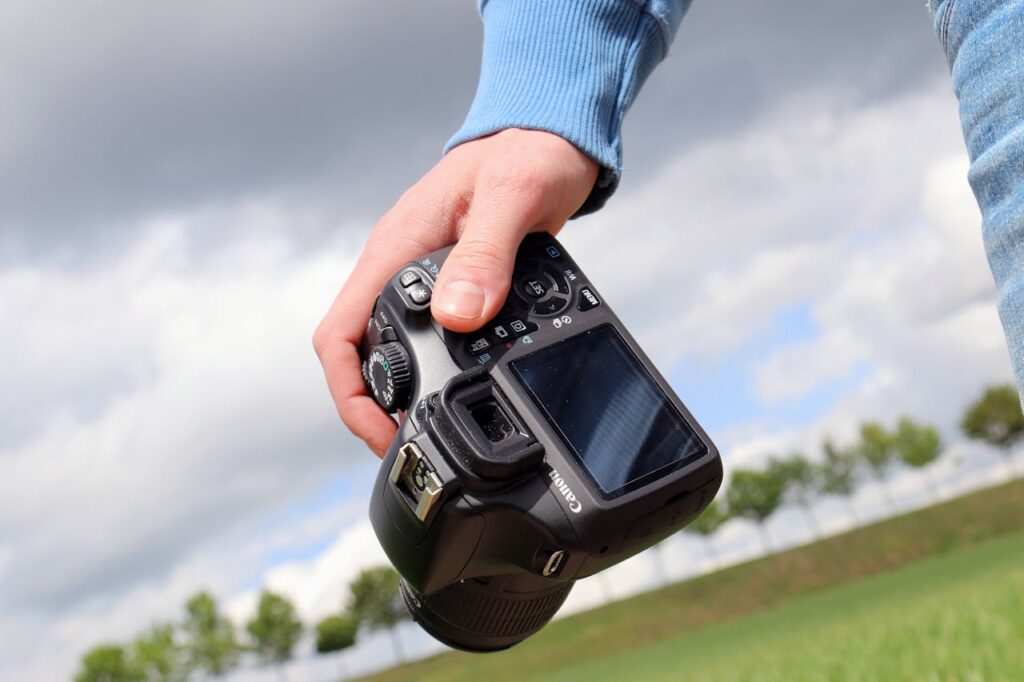
As I held the Canon 40D in my hands, I was immediately struck by its solid, substantial feel. Unlike the lightweight bodies of some modern cameras, the 40D had a reassuring weight to it, a testament to its durable construction. The design was straightforward, with a tactile grip that felt comfortable and secure. It was clear that this camera was built to withstand the rigors of daily use, a characteristic that many current models lack.
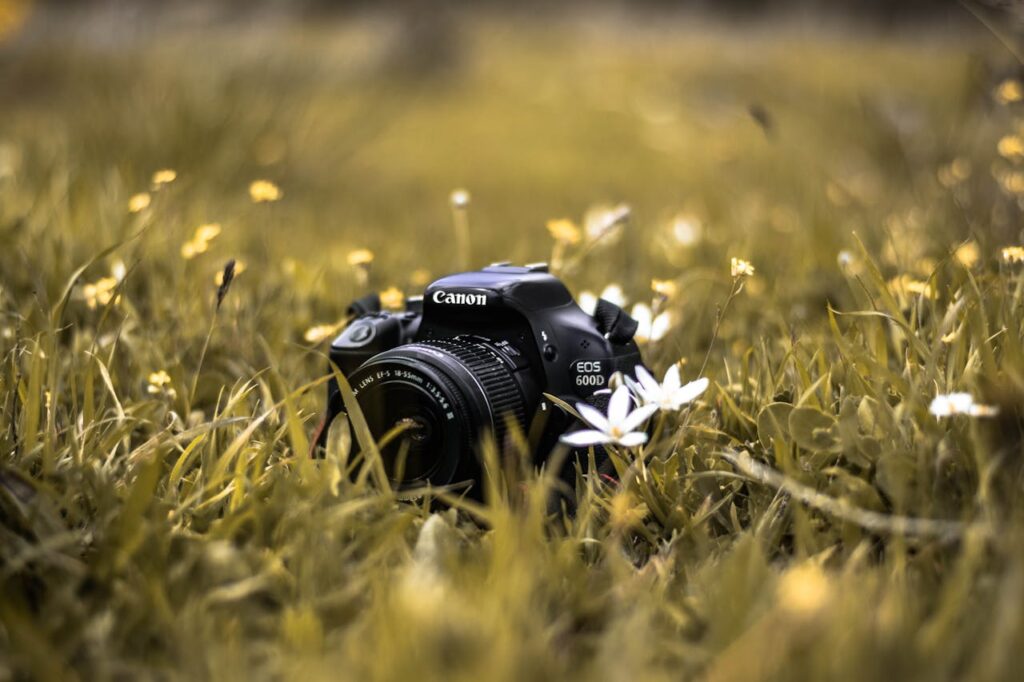
I began by testing the 40D’s performance in various shooting conditions. The camera’s 10.1-megapixel sensor might seem modest compared to the high-resolution sensors found in today’s cameras, but it still delivered images with impressive clarity and detail. The color reproduction was rich and vibrant, and the images retained a pleasing depth and sharpness. The 40D’s performance in low light, while not as advanced as modern systems, was still commendable. The images showed minimal noise even at higher ISO settings, and the camera’s built-in noise reduction did a decent job of preserving image quality.

One of the standout features of the Canon 40D was its intuitive user interface. The control layout was simple and easy to navigate, making it accessible for both newcomers and seasoned photographers. The camera’s 3-inch LCD screen, though not as high-resolution as today’s screens, was clear and responsive, providing a good view for reviewing images and navigating menus.
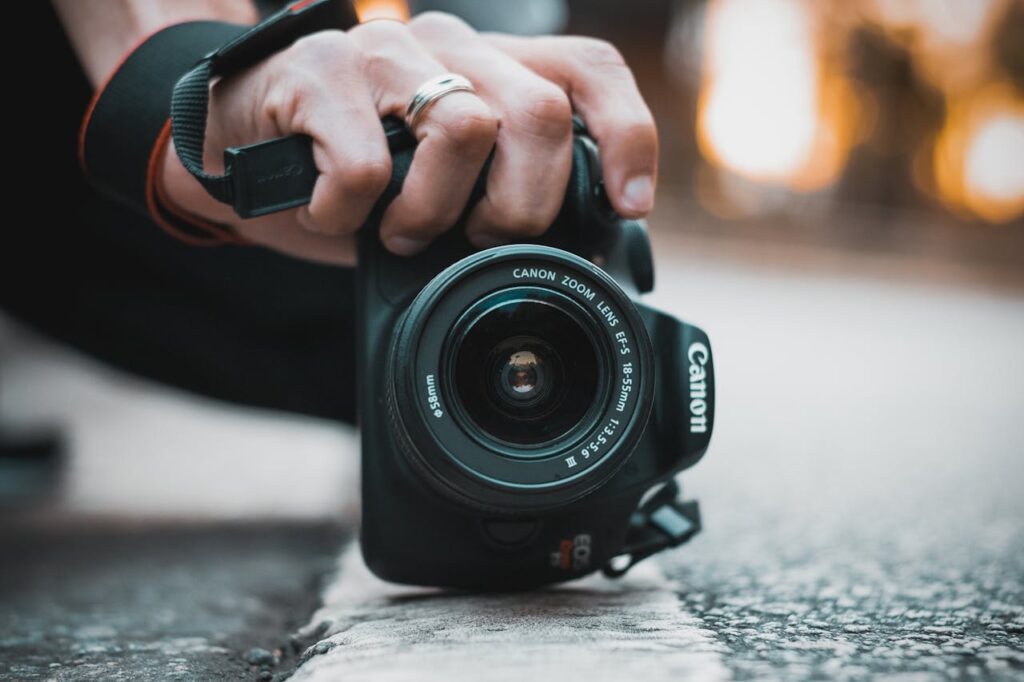
The 40D’s autofocus system, with its nine cross-type points, was still quite capable. While it might not match the speed and accuracy of modern autofocus systems, it was reliable and performed admirably for most shooting scenarios. The continuous shooting speed of 6.5 frames per second was still impressive, allowing for quick bursts of action shots.
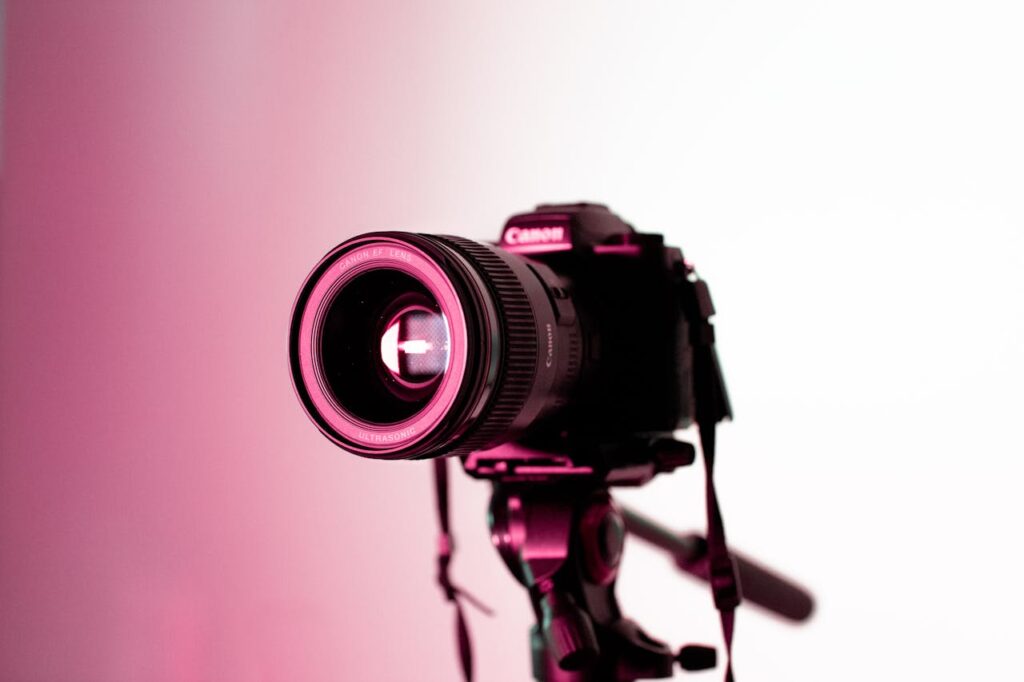
Another notable feature was the camera’s sturdy build quality. The 40D was designed with a magnesium alloy body and weather-sealed construction, making it resistant to dust and moisture. This ruggedness was a significant advantage for photographers working in challenging environments, and it was something that newer, more plastic-oriented models often lacked.

In terms of versatility, the 40D offered a range of shooting modes and settings that catered to various photography needs. From manual controls to automatic settings, the camera provided flexibility for different shooting styles. It also supported a wide range of Canon EF lenses, allowing photographers to expand their creative possibilities.
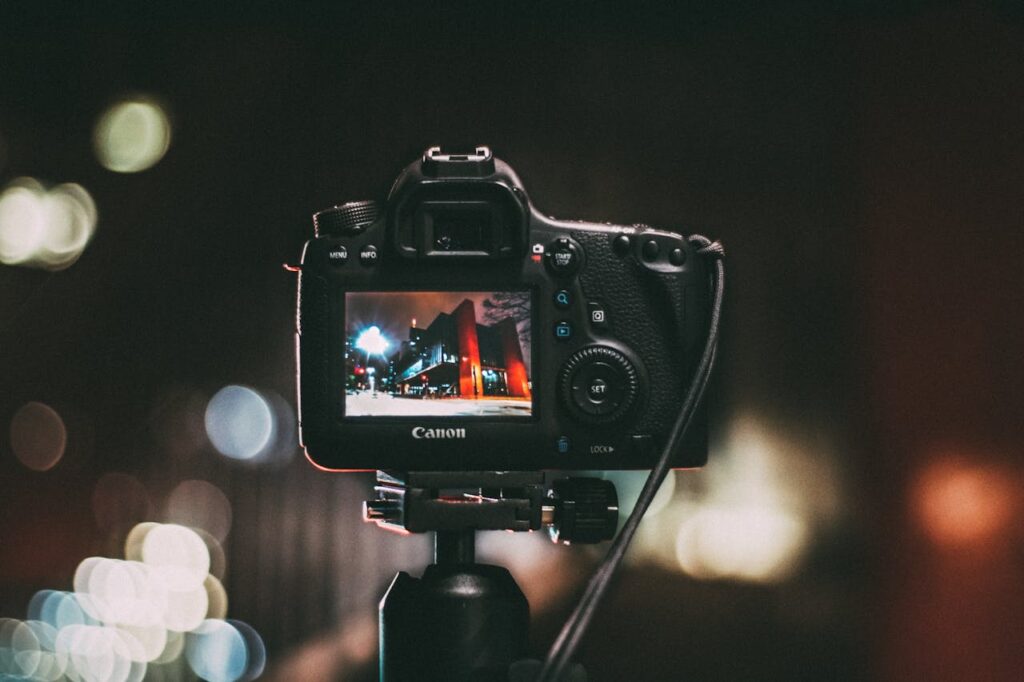
Despite its age, the Canon 40D had one more ace up its sleeve: its legacy. For many photographers, this camera represented a pivotal moment in their photographic journey. It was a reliable workhorse that accompanied them through countless shoots, and its influence was still felt today. The 40D was not just a camera; it was a symbol of a time when digital photography was becoming accessible to the masses, and it had earned its place in the hearts of many.

As the day came to a close, I reviewed the images captured with the Canon 40D. The results were clear: while it might not compete with the latest high-resolution sensors or advanced autofocus systems, the 40D still held its own. Its solid build, reliable performance, and user-friendly interface made it a camera that, even after all these years, continued to deliver impressive results.

In conclusion, the Canon 40D remains a good camera, even in today’s rapidly advancing world of digital photography. Its durability, image quality, and user-friendly features ensure that it is still a viable choice for photographers who appreciate its classic charm. While it may not have all the bells and whistles of modern models, the 40D offers a timeless quality that is both reliable and nostalgic. For those who value a sturdy, dependable camera with a legacy of excellence, the Canon 40D is a testament to the enduring appeal of well-crafted technology.